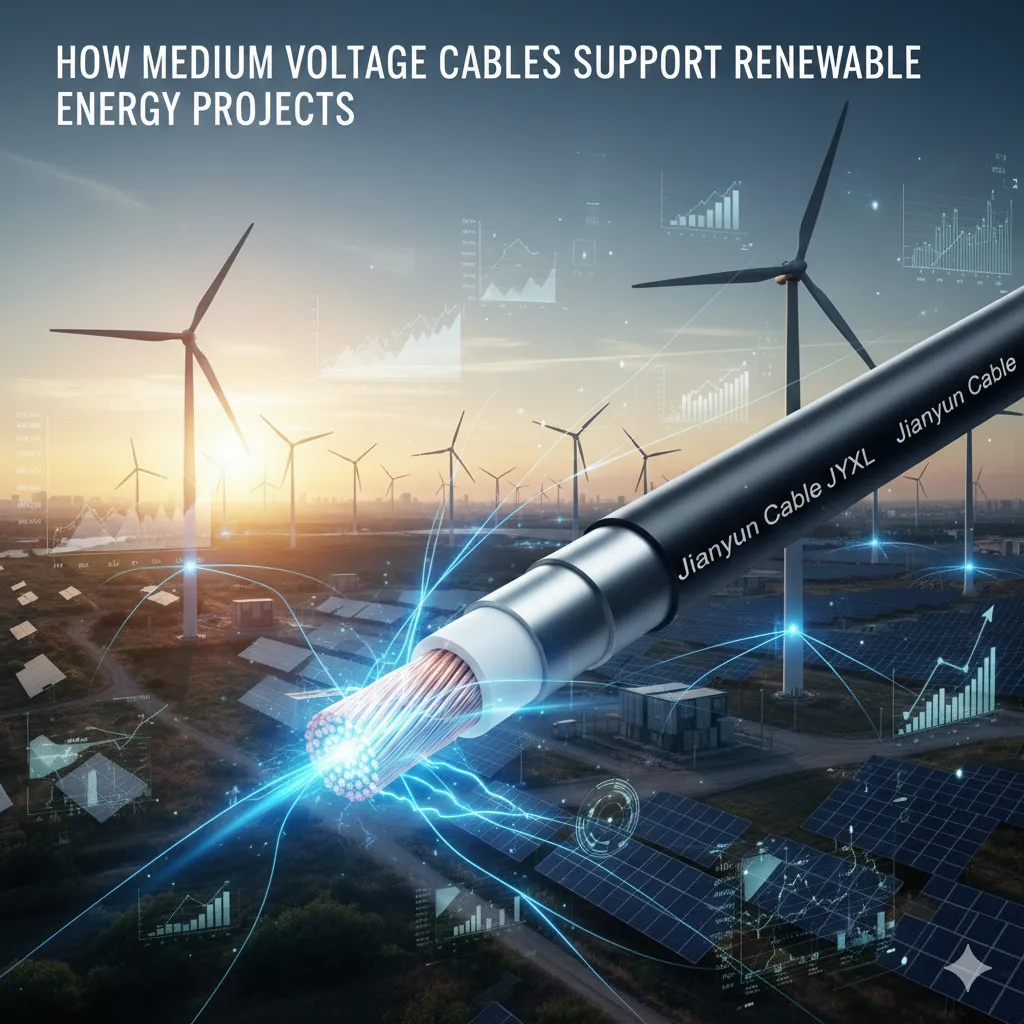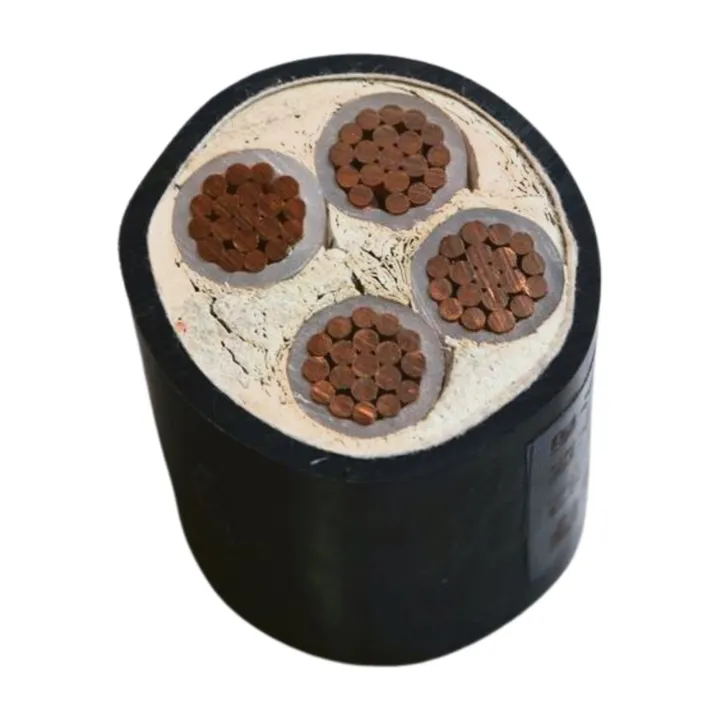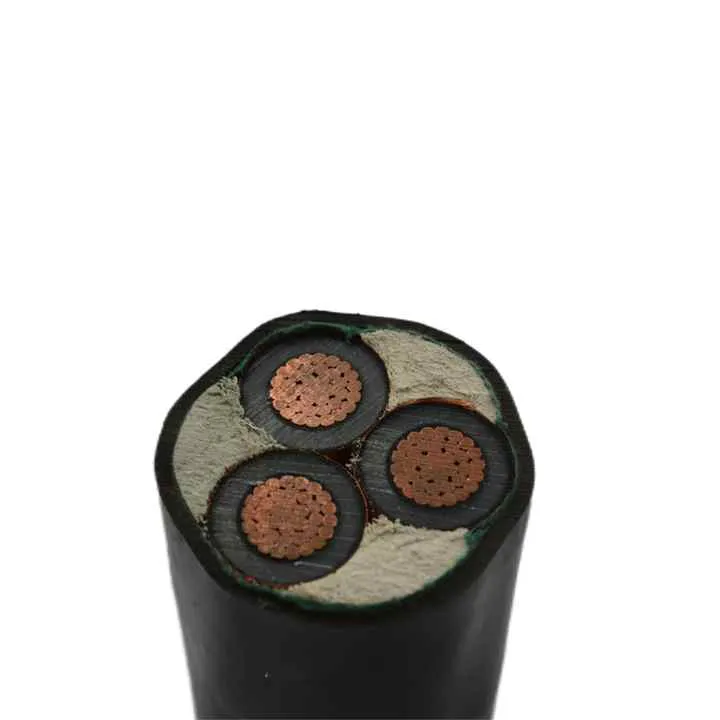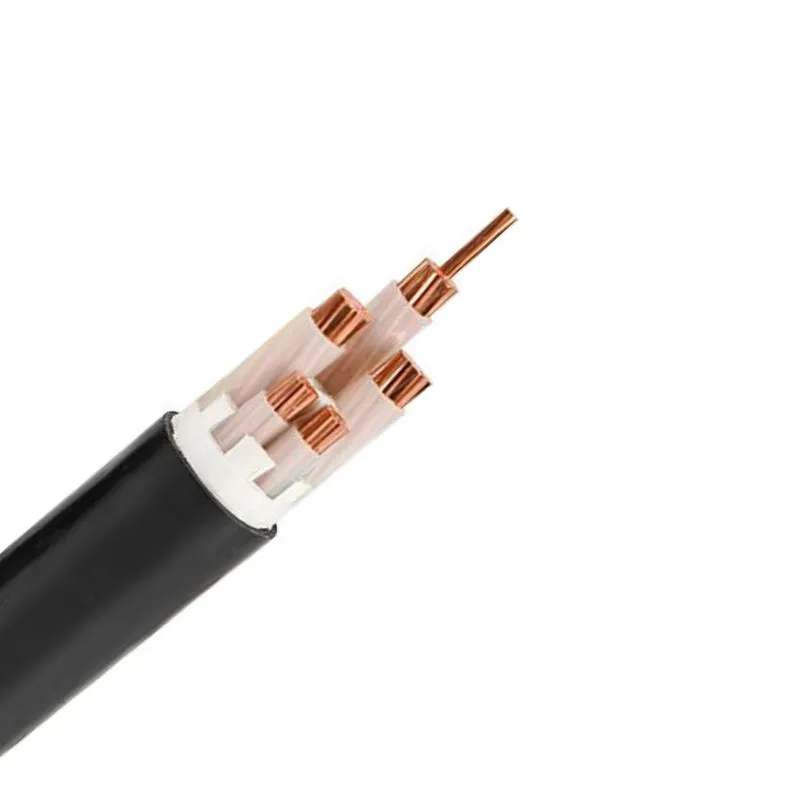Time: 2025-10-15 07:35:10 Source: Henan Province Jianyun Cable Co., Ltd.

Renewable energy projects, such as solar and wind farms, require robust power infrastructure to transmit generated electricity to the grid. MV cables bridge low-voltage generation (e.g., 0.6/1 kV from panels) and high-voltage transmission (above 35 kV), enabling efficient power collection and distribution. With the global MV cable market projected to grow from USD 33.46 billion in 2024 to USD 76.31 billion by 2032 at a CAGR of 7.81%, driven by renewable energy expansion, MV cables are increasingly critical. 0 Jianyun Cable provides TUV- and CCC-certified MV cables designed for renewable applications, ensuring compliance and performance.
MV cables support renewable energy by:
MV cables for renewable projects are designed with specific features to meet operational demands:
| Feature | Details |
|---|---|
| Conductor | Copper/aluminum, Class 2, <0.017 Ω/km (copper). |
| Insulation | XLPE/EPR, 90°C max, ≥20 kV/mm. |
| Shielding | Copper tape/wire, <10 pC PD. |
| Armoring | SWA for mechanical protection. |
| Sheathing | UV-resistant PE/LSZH. |
MV cables are integral to renewable energy infrastructure:
In 2025, MV cable trends in renewable energy include:
| Challenge | Solution |
|---|---|
| High Costs | Use aluminum conductors; optimize designs for efficiency. |
| Installation Complexity | Use SWA-armored cables; train installers on IEC 60364 guidelines. |
| Environmental Damage | Select UV-resistant XLPE with LSZH sheathing; use conduits. |
| Regulatory Compliance | Source TUV-certified cables from Jianyun Cable; verify via databases. |
| Supply Volatility | Partner with manufacturers like Jianyun Cable for stable supply chains. |
Medium voltage cables support renewable energy projects by enabling efficient power collection, grid integration, and system reliability, with features like XLPE insulation and SWA armoring. As the MV cable market grows to USD 76.31 billion by 2032, driven by renewables, innovations like sustainable materials and smart monitoring will shape the future. Henan Province Jianyun Cable Co., Ltd. offers TUV-certified MV cables tailored for solar and wind applications, ensuring compliance and performance. By selecting appropriate MV cables and addressing challenges, renewable energy projects can achieve safe, efficient operations for 25–30 years.

NA2XS(f)2Y 6/10KV 12/20KV 120 150 185 240 300MM2 Single Conductor Xlpe Insulated

Grounding Cable 3 Core 95mm2 150mm2 240mm2 Aluminum High Voltage Cable

5x35mm 5x25mm Low Voltage Power Cable With PVC Sheath Copper Conductor XLPE Insu

A medium voltage three core armoured power cable is designed for the reliable tr